Drug Checking for Unregulated Drugs
Drugs produced illegally and sold on the black market are not controlled and thus, may contain unknown or unexpected chemicals. Many drug suppliers intentionally include additional substances aside from the expected compound – commonly called fillers. This allows the drug to be produced at a much cheaper cost, yet can still be sold for the same price since consumers cannot tell through observation alone what their drug sample is composed of. A common example of this strategy is addition of synthetic cathinones, or bath salts, in sampled advertised as MDMA. This process is incredibly common and places the consumers at a much higher risk for drug-related poisonings or overdosage.
For individuals obtaining unregulated drugs from the uncontrolled market, the most appropriate methods of drug checking would be those that can detect and identify the presence of unknown chemicals in the sample. Methods such as high performance liquid chromatography (HPLC) or gas chromatography (GC) in combination with mass spectrometers have very high sensitivity and specificity levels. HPLC used in tandem with mass spectrometers has the greatest ability to identify unknown chemical compounds within a sample, and is significantly useful in discovering new drug fillers that have not been previously identified in unregulated drugs. Both HPLC and GC are typically stationary methods of drug checking, so consumers are usually required to use a drop-off or mail-in sample service to get their drug sample checked.
For individuals who consume unregulated drugs frequently, such as several times a day, it may be beneficial for them to have access to drug checking methods they can conduct themselves. Colorimetric reagent strip testing is the drug checking method with the lowest cost and requires no formal training. They are commonly available in packages of 50 strips and there are smartphone apps available to aid in the colour identification, to remove some of the subjectivity of this test. This method is the least accurate of all drug checking tests and is unable to detect or identify unknown compounds in the sample. Therefore, this method may provide the consumer with false confidence if there is a chemical in the drug compound that the test cannot detect. Also, with the increasing occurrence of fentanyl drug contamination and overdoses, it would be useful for people using unregulated drugs to have access to fentanyl test strips. For more information on fentanyl test strips please see this page: https://safe-supply.uoguelph.ca/drug-checking-policies/
Student Resources
For students who use unregulated, illegal drugs they are often fearful of the potential repercussions that may occur if their drug use was to be discovered. This fear may consequently lead to students being less willing to go test their products. Additionally, if students are required to pay money or use up extensive amounts of time to get their drugs checked the option may become less appealing. The benefit of the service must outweigh the cost.
By providing students with accessible, easy, anonymous drug checking methods they are more likely to take action and get their drugs checked, thus decreasing their risk.
Drug testing strips and reagent kits are likely to be the most appropriate and effective ways for students to test their drugs. This is because these methods are affordable and fast.
Another viable option for students includes programs such as the Toronto Drug Checking Service which is free, anonymous, and available to everyone. This service allows people to submit anonymous samples of their substance to be tested by a laboratory. The results provide information as to what drugs are present in the sample and in what amounts. These results are delivered within a couple work days in person or by phone. There are multiple pilot programs such as this one located in various locations around Canada and can prove very beneficial especially for students who prefer a service which is cheap, efficient and anonymous.

These are all examples of acceptable samples which may be submitted for testing

You can also find up to date information regarding the different drugs and what is being found in drug samples in your area. This proves beneficial as it allows students to be more aware of what they may be exposing themselves to and enables them to take the proper precautions.
Adulterants, Contaminants and Co-occurring Substances in Drugs on the Illegal Market in Canada: An Analysis of Data from Drug Seizures, Drug Checking and Urine Toxicology [report]. (2020). Canadian Centre on Substance Use. Retrieved from https://www.ccsa.ca/sites/default/files/2020-04/CCSA-CCENDU-Adulterants-Contaminants-Co-occurring-Substances-in-Drugs-Canada-Report-2020-en.pdf
Centre on Drug Policy Evaluation.(2019). Toronto’s Drug Checking Service. Health Canada and St. Michael’s Hospital Foundation. Retrieved from https://cdpe.org/project/drug-checking-services/
Drug Checking. Retrieved December 03, 2020, from https://drugpolicy.org/issues/drug-checking
Drug Checking As a Harm Reduction Intervention. (2017). Retrieved from https://www.publichealthontario.ca/-/media/documents/eb-drug-checking.pdf?la=en


